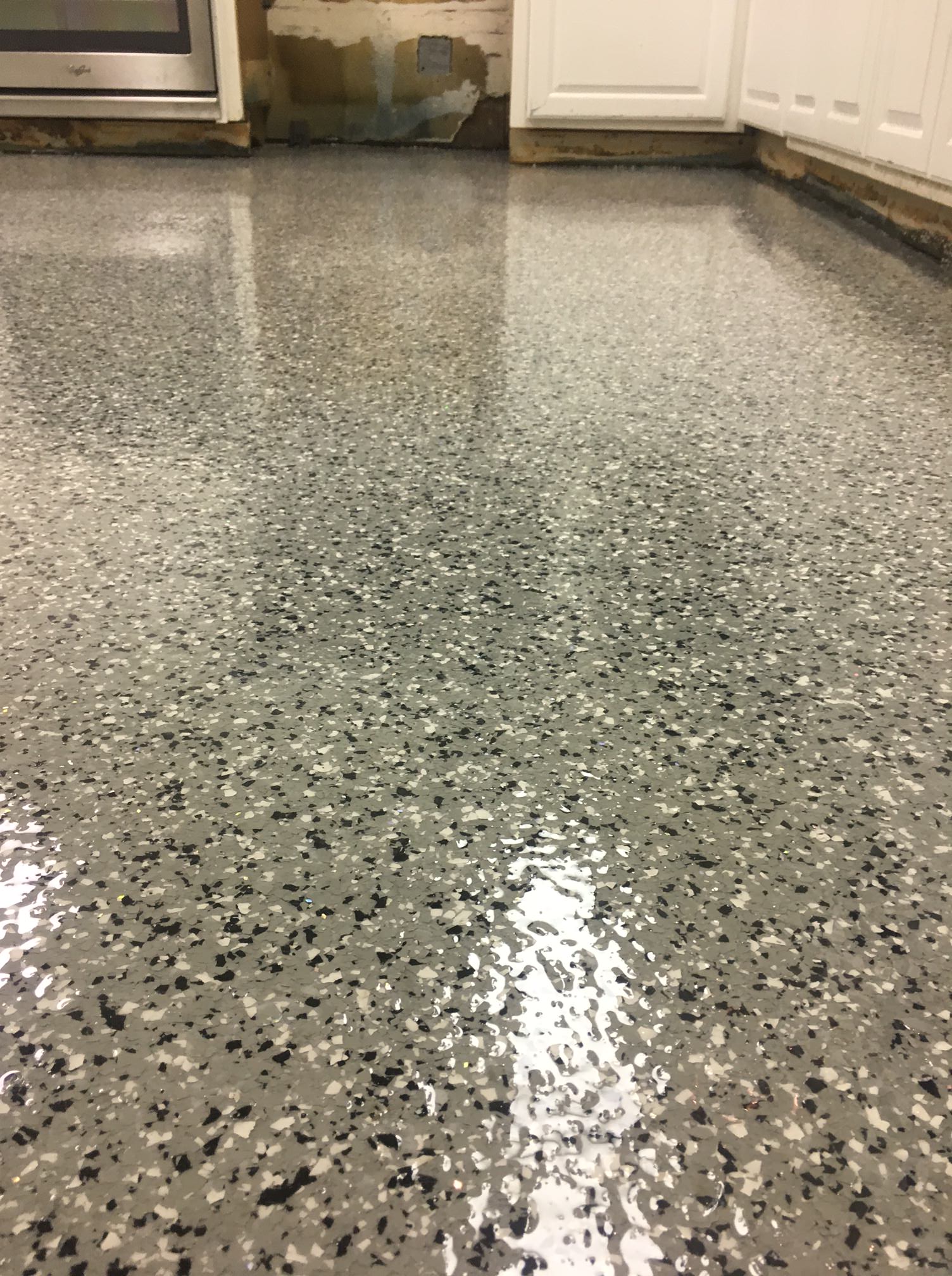Specialized Welding Inspection Service for Pipeline Projects
Specialized Welding Inspection Service for Pipeline Projects
Blog Article
Ultimate Overview to Putting Up Durable Epoxy Floors in Residential Spaces
When it comes to changing household spaces with durable epoxy floorings, a systematic technique is crucial. There's one aspect often neglected that can considerably affect the durability and top quality of the epoxy floor.
Picking the Right Epoxy Floor Covering System
Choosing the suitable epoxy floor covering system is a critical action in ensuring longevity and efficiency in domestic areas. Epoxy flooring offers durability, very easy upkeep, and aesthetic allure, making it a preferred option for domestic applications. When choosing an epoxy system, factors such as the type of epoxy, level of toughness required, layout choices, and budget restraints have to be thought about.
There are various types of epoxy floor covering systems available, including water-based epoxy, solvent-based epoxy, and 100% strong epoxy. Water-based epoxy is environment-friendly and simple to apply, making it suitable for property usage. Solvent-based epoxy gives an extra durable surface however discharges solid odors throughout installation. 100% strong epoxy is the most long lasting alternative, suitable for high-traffic areas in domestic areas.

Preparing Your Residential Space
When considering the installation of durable epoxy floorings in domestic rooms, sufficient preparation of the area is essential to making sure a effective and resilient application. The initial step in preparing your property area for epoxy floor covering is to completely cleanse the surface area.
These should be filled up and leveled to create a smooth and even surface area for the epoxy finishing to be used. Additionally, check for moisture concerns as excessive moisture can cause the epoxy to bubble or peel. Welding Inspection Service.
Lastly, guarantee proper air flow in the space throughout the setup procedure to permit the epoxy fumes to dissipate. Ample prep work of the suburb sets the foundation for a successful epoxy flooring application.
Applying Epoxy Covering
To begin the process of using epoxy covering, extensively mix the epoxy material and hardener according to the producer's directions. It is vital to follow the suggested blending ratios precisely to ensure the epoxy cures correctly and attains maximum sturdiness. Once the epoxy parts are mixed, put the combination onto the ready floor surface area in a ribbon pattern.
Making use of a roller with a medium-nap cover, spread the epoxy evenly over the floor, operating in workable areas to prevent the epoxy from drying as well promptly. Make certain to back-roll the applied epoxy to get rid of any pools or unequal areas, making certain a smooth and constant coating.

Enable the epoxy finishing to heal according to the manufacturer's guidelines prior to waging any kind of additional steps to guarantee a resilient and long lasting surface.
Making Sure Appropriate Curing and Drying Out
Efficient treating and drying procedures are crucial to accomplish the desired resilience and durability of epoxy floors in property rooms. Correct curing entails giving the epoxy covering enough time to set and click here for more info bond completely to the substrate.
Proper air flow aids the epoxy finishing to treat uniformly and protects against any type of problems like bubbling or irregular drying. It is recommended to comply with the supplier's standards for curing and drying times to ensure ideal results and maximize the toughness of the epoxy flooring in residential setups.

Preserving and Expanding Epoxy Floor Life-span
Appropriate upkeep techniques play an essential function in extending the life-span of epoxy floors in property setups. Routine cleaning is crucial to prevent dust and particles from damaging the surface area of the epoxy flooring.
To even more protect the epoxy floor, think about using a new overcoat every few years, particularly in high-traffic areas. By complying with these upkeep suggestions, home owners can ensure their epoxy floorings continue to be long lasting see this here and visually appealing for years to come (Welding Inspection Service).
Verdict
Finally, setting up sturdy epoxy floorings in property rooms calls for careful factor to consider of the epoxy floor covering system, thorough prep work of the Read More Here room, proper application of the epoxy layer, and ensuring appropriate curing and drying out processes. By adhering to these steps vigilantly, homeowners can achieve a aesthetically enticing and lasting epoxy flooring that enhances the longevity and visual appeals of their home.
When it comes to transforming domestic rooms with resilient epoxy floors, a methodical technique is essential. When selecting an epoxy system, aspects such as the kind of epoxy, level of resilience called for, design preferences, and budget constraints need to be thought about.
There are various kinds of epoxy flooring systems available, including water-based epoxy, solvent-based epoxy, and 100% solid epoxy.When considering the installation of long lasting epoxy floors in domestic rooms, sufficient prep work of the area is fundamental to making certain a durable and effective application.To begin the procedure of applying epoxy finishing, completely mix the epoxy material and hardener according to the manufacturer's instructions.
Report this page